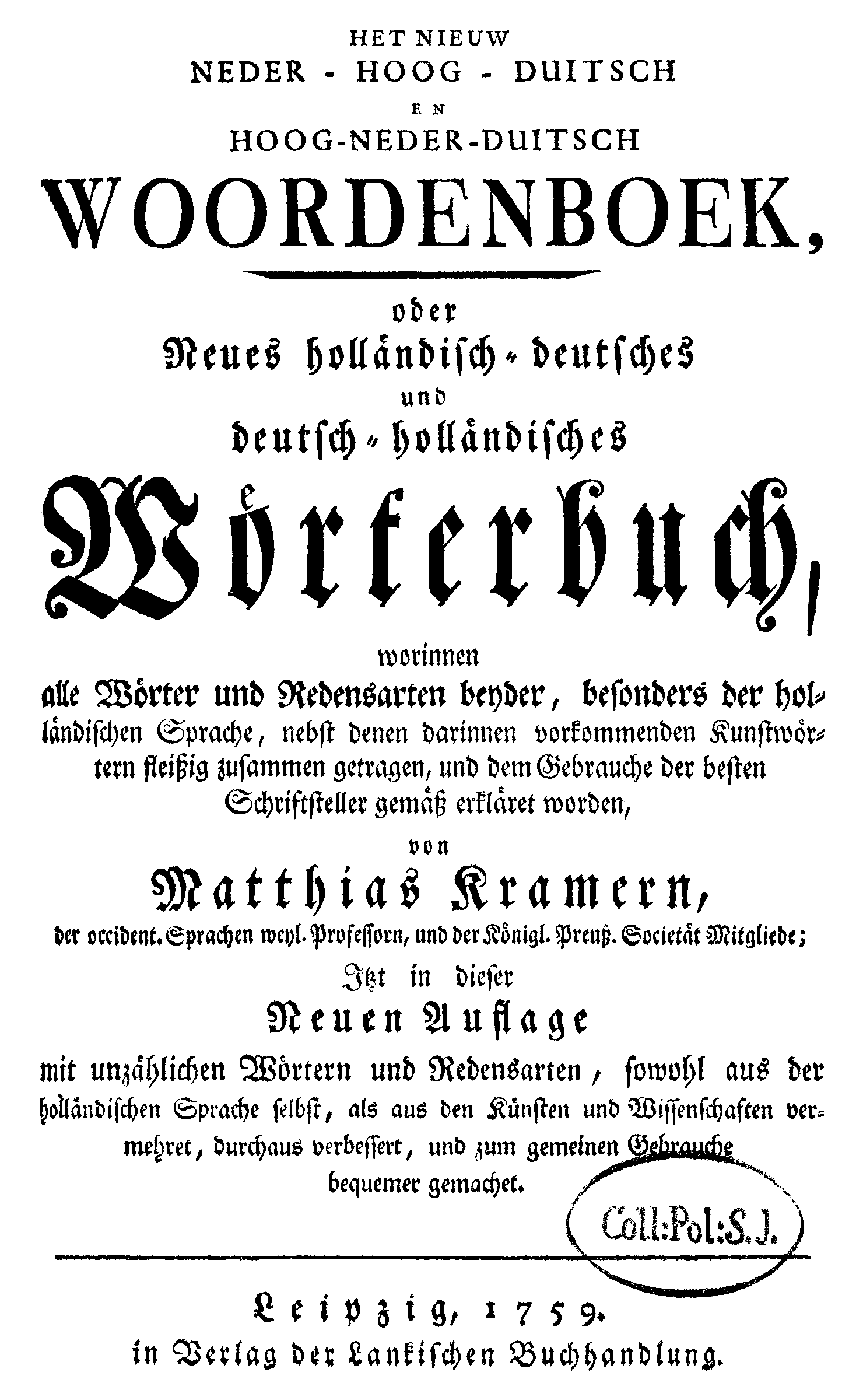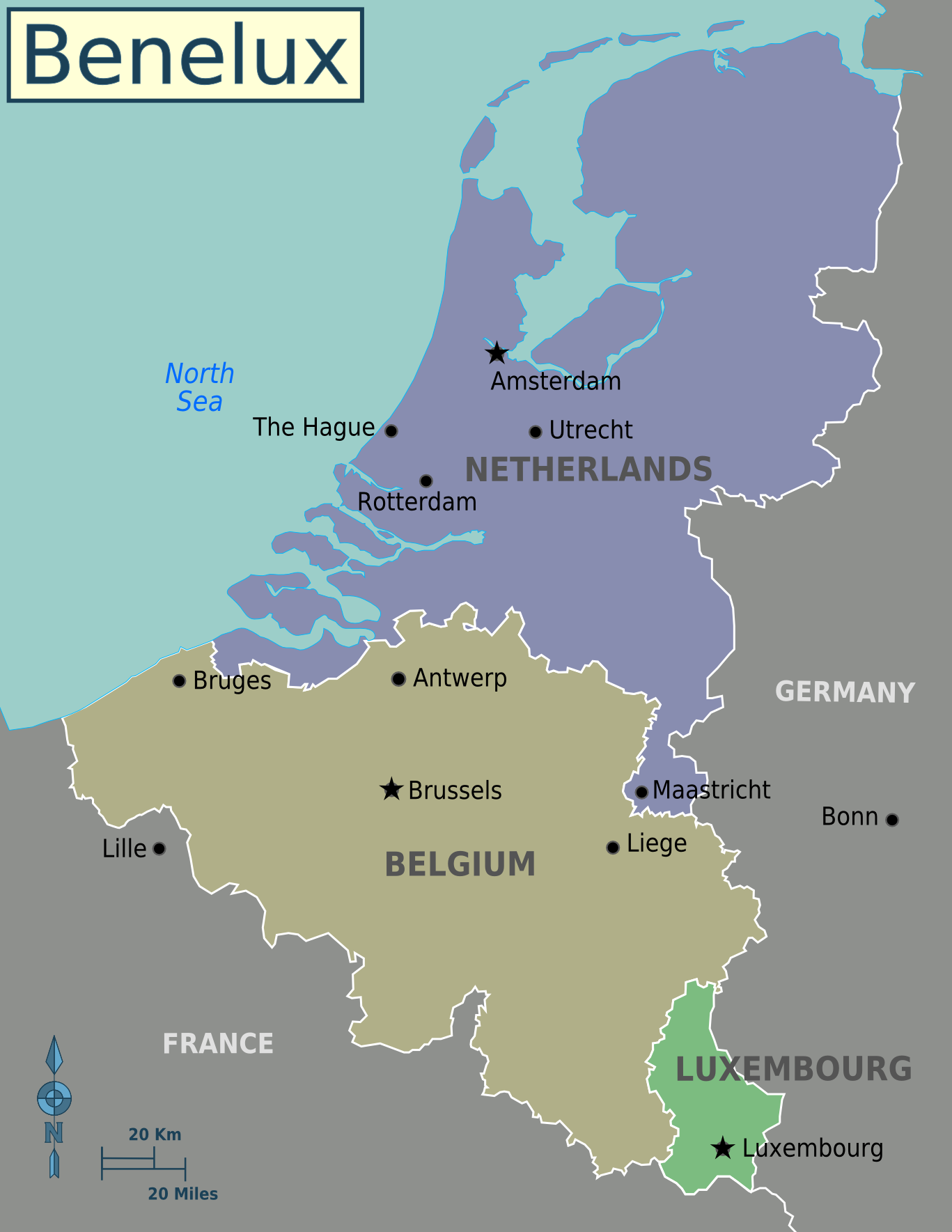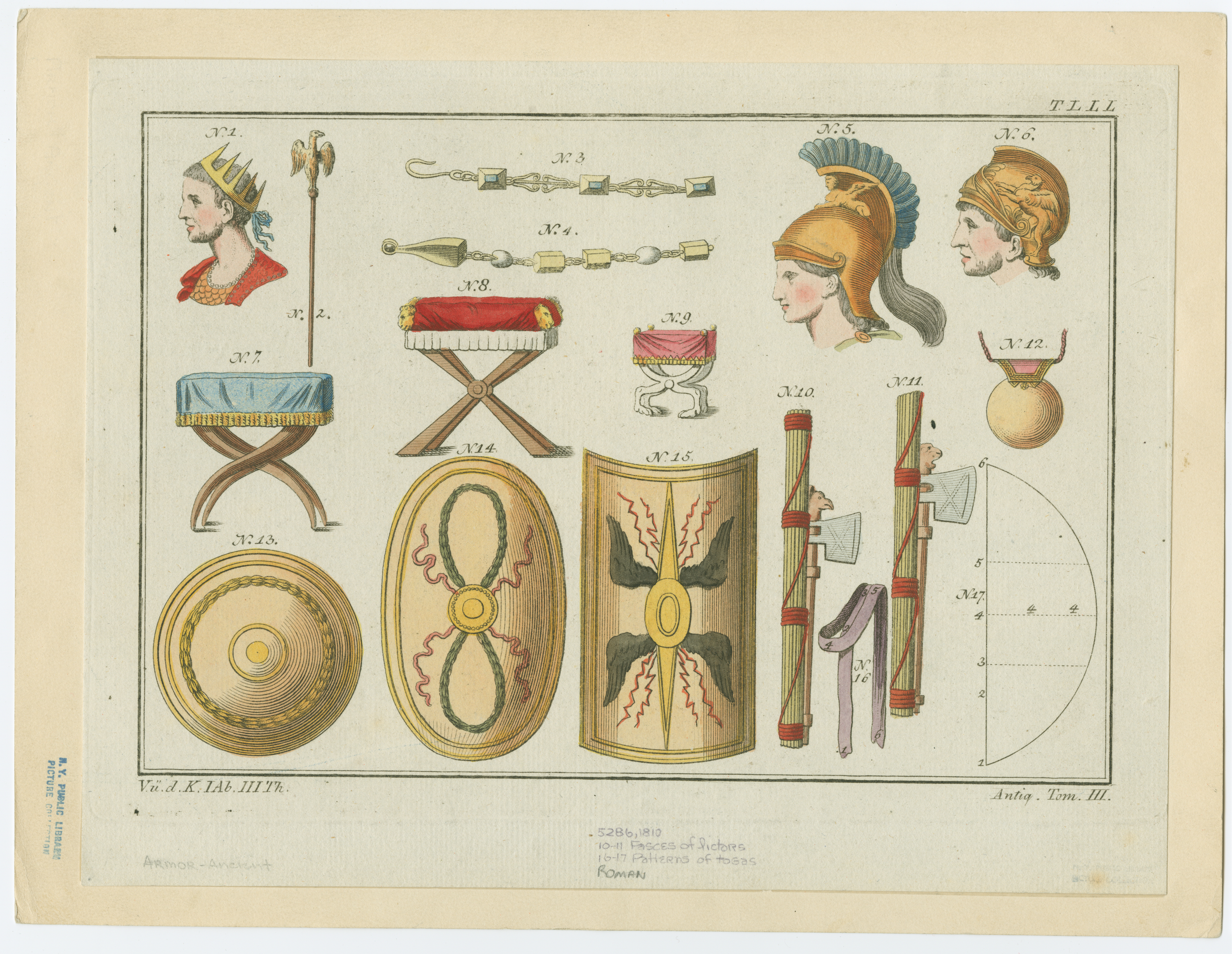|
Greater Netherlands
Greater Netherlands (, ) is an irredentist concept which unites the Netherlands, Flanders, and sometimes Brussels. Additionally, a Greater Netherlands state may include the annexation of the French Westhoek, Suriname, formerly Dutch-speaking areas of Germany and France, or even the ethnically Dutch and/or Afrikaans-speaking parts of South Africa. A related proposal is the Pan-Netherlands concept, which includes Wallonia and potentially also Luxembourg. The Greater Netherlands concept was originally developed by Pieter Geyl, who argued that the "Dutch tribe", encompassing the Flemish and Dutch people, are only separated due to the Eighty Years' War against Spain in the 16th century. While Geyl—an outspoken anti-fascist—argued from a historical and cultural perspective, the fascist Verdinaso and Nazi movements built upon the idea of a Greater Netherlands during the 1930s and 1940s with a focus on ethnic nationalism, a concept still prominent among some on the far-right ... [...More Info...] [...Related Items...] OR: [Wikipedia] [Google] [Baidu] |
Flag Of The Netherlands
The national flag of the Netherlands () is a horizontal tricolour (flag), tricolour of red, white, and blue. The current design originates as a variant of the late 16th century orange-white-blue ''Prince's Flag, Prinsenvlag'' ("Prince's Flag"), evolving in the early 17th century as the red-white-blue ''Statenvlag'' ("States Flag"), the naval flag of the States General of the Netherlands#Dutch Republic, States-General of the Dutch Republic, making the Dutch flag the oldest Tricolour (flag), tricolour flag in continuous use. As a flag that symbolises the transformation from monarchy to republic, it has inspired both the derivative Flag of Russia, Russian flag, and after the French Revolution in 1789, the vertically striped Flag of France, French tricolour; both flags in turn influenced many other tricolours. During the 1920s and the economic crisis of the 1930s, the old Prince's Flag with the colour orange gained some popularity among Dutch Reformed Church, Protestants, Orangis ... [...More Info...] [...Related Items...] OR: [Wikipedia] [Google] [Baidu] |
Luxembourg
Luxembourg, officially the Grand Duchy of Luxembourg, is a landlocked country in Western Europe. It is bordered by Belgium to the west and north, Germany to the east, and France on the south. Its capital and most populous city, Luxembourg City, is one of the four institutional seats of the European Union and hosts several EU institutions, notably the Court of Justice of the European Union, the highest judicial authority in the EU. As part of the Low Countries, Luxembourg has close historic, political, and cultural ties to Belgium and the Netherlands. Luxembourg's culture, people, and languages are greatly influenced by France and Germany: Luxembourgish, a Germanic language, is the only recognized national language of the Luxembourgish people and of the Grand Duchy of Luxembourg; French is the sole language for legislation; and both languages along with German are used for administrative matters. With an area of , Luxembourg is Europe's seventh-smallest count ... [...More Info...] [...Related Items...] OR: [Wikipedia] [Google] [Baidu] |
Names For The Dutch Language
The Low Countries comprise the coastal Rhine–Meuse–Scheldt delta region in Western Europe, whose definition usually includes the modern countries of Luxembourg, Belgium, the Netherlands and parts of Northern France. Both Belgium and the Netherlands derived their names from earlier names for the region, due to ''nether'' meaning "low" and ''Belgica'' being the Latinized name for all the Low Countries, a nomenclature that became obsolete after Belgium's secession in 1830. The Low Countries—and the Netherlands and Belgium—had in their history exceptionally many and widely varying names, resulting in equally varying names in different languages. There is diversity even within languages: the use of one word for the country and another for the adjective form is common. This holds for English, where ''Dutch'' is the adjective form for the country "the Netherlands". Moreover, many languages have the same word for both the country of the Netherlands and the region of the Low ... [...More Info...] [...Related Items...] OR: [Wikipedia] [Google] [Baidu] |
Hypothetical Partition Of Belgium
The partition of Belgium is a hypothetical situation, which has been discussed by both Belgian and international media, envisioning a split of Belgium along linguistic divisions, with the Flemish Community (Flanders) and the French-speaking Community (Wallonia) becoming independent states. Alternatively, it is hypothesized that Flanders could join the Netherlands ( Greater Netherlands movement) and Wallonia could join France ( Rattachist movement) or Luxembourg. Both communities have a large degree of autonomy within the Belgian federation. Complicating questions of partition are the status in a partitioned Belgium of Brussels (an autonomous bilingual region, geographically located in the Flemish half of the country) and the minority German-speaking Community. Background The territories corresponding to the modern Belgian, Dutch and Luxembourgish states are collectively called the Low Countries. They emerged at the end of the Middle Ages as a set of more or less independent fi ... [...More Info...] [...Related Items...] OR: [Wikipedia] [Google] [Baidu] |
Benelux
The Benelux Union (; ; ; ) or Benelux is a politico-economic union, alliance and formal international intergovernmental cooperation of three neighbouring states in Western Europe: Belgium, the Netherlands, and Luxembourg. The name is a portmanteau formed from joining the first few letters of each country's name and was first used to name the customs agreement that initiated the union (signed in 1944). It is now used more generally to refer to the geographic, economic, and cultural grouping of the three countries. The Benelux is an economically dynamic and densely populated region, with 5.6% of the European population (29.55 million residents) and 7.9% of the joint EU GDP (€36,000/resident) on 1.7% of the whole surface of the EU. In 2015, 37% of the total number of EU cross-border workers worked in the Benelux; 35,000 Belgian residents work in Luxembourg, while 37,000 others cross the border to work in the Netherlands each day. In addition, 12,000 Dutch and close to a thous ... [...More Info...] [...Related Items...] OR: [Wikipedia] [Google] [Baidu] |
Political Moderate
Moderate is an ideological category which entails centrist views on a liberal-conservative spectrum. It may also designate a rejection of radical or extreme views, especially in regard to politics and religion. Political position Canada At the federal level in Canada as of 2024, there are five active political parties who have seats in the House of Commons, for which most of them have a wide range of goals and political opinions, that differ between each others. Per definition, where "political moderate" is used, in a specific context to being far conservative, the Conservative Party of Canada could be used as a representation. However, we can now see that those beliefs might contain "inverted" or different effects-opinions. If we could measure them from a "political spectrum" point of view, the variations for instance, conservatism, who tend to be defined in the same way toward being resistant with the idea of future changes, is not always the case. In parallel, liberal ... [...More Info...] [...Related Items...] OR: [Wikipedia] [Google] [Baidu] |
Far-right Politics
Far-right politics, often termed right-wing extremism, encompasses a range of ideologies that are marked by ultraconservatism, authoritarianism, ultranationalism, and Nativism (politics), nativism. This political spectrum situates itself on the far end of the right-wing politics, right, distinguished from more mainstream right-wing ideologies by its opposition to Liberal democracy, liberal democratic norms and emphasis on Exclusivism, exclusivist views. Far-right ideologies have historically included fascism, Nazism, and Falangism, while contemporary manifestations also incorporate neo-fascism, neo-Nazism, white supremacy, and various other movements characterized by chauvinism, xenophobia, and theocratic or reactionary beliefs. Key to the far-right worldview is the notion of societal purity, often invoking ideas of a homogeneous "national" or "ethnic" community. This view generally promotes organicism, which perceives society as a unified, natural entity under threat from D ... [...More Info...] [...Related Items...] OR: [Wikipedia] [Google] [Baidu] |
Ethnic Nationalism
Ethnic nationalism, also known as ethnonationalism, is a form of nationalism wherein the nation and nationality are defined in terms of ethnicity, with emphasis on an ethnocentric (and in some cases an ethnostate/ethnocratic) approach to various political issues related to national affirmation of a particular ethnic group. The central tenet of ethnic nationalists is that "nations are defined by a shared heritage, which usually includes a common language, a common faith, and a common ethnic ancestry". Those of other ethnicities may be classified as second-class citizens. Scholars of diaspora studies broaden the concept of "nation" to diasporic communities. The terms "ethnonation" and "ethnonationalism" are sometimes used to describe a conceptual collective of dispersed ethnics. Defining an ethnos widely can lead to ethnic nationalism becoming a form of pan-nationalism or macronationalism, as in cases such as pan-Germanism or pan-Slavism. In scholarly literature, ethnic ... [...More Info...] [...Related Items...] OR: [Wikipedia] [Google] [Baidu] |
Nazism
Nazism (), formally named National Socialism (NS; , ), is the far-right totalitarian socio-political ideology and practices associated with Adolf Hitler and the Nazi Party (NSDAP) in Germany. During Hitler's rise to power, it was frequently referred to as Hitler Fascism () and Hitlerism (). The term " neo-Nazism" is applied to other far-right groups with similar ideology, which formed after World War II, and after Nazi Germany collapsed. Nazism is a form of fascism, with disdain for liberal democracy and the parliamentary system. Its beliefs include support for dictatorship, fervent antisemitism, anti-communism, anti-Slavism, anti-Romani sentiment, scientific racism, white supremacy, Nordicism, social Darwinism, homophobia, ableism, and the use of eugenics. The ultranationalism of the Nazis originated in pan-Germanism and the ethno-nationalist '' Völkisch'' movement which had been a prominent aspect of German ultranationalism since the late 19th centu ... [...More Info...] [...Related Items...] OR: [Wikipedia] [Google] [Baidu] |
Verdinaso
Verdinaso (''Verbond van Dietsche Nationaal-Solidaristen'', ), sometimes rendered as Dinaso, was a small fascist political movement active in Belgium and, to a lesser extent, the Netherlands between 1931 and 1941. Verdinaso was founded by Joris Van Severen, Jef François, Wies Moens, and Emiel Thiers on 6 October 1931 at a meeting in the Hôtel Richelieu in Ghent. It emerged from the Flemish Movement although, under Van Severen's leadership, it moved towards a novel authoritarian political ideology, which he referred to as National Solidarism. The organisation had initially called for the reunification of Flanders with the Netherlands in a Greater Netherlands (''Dietschland'') but discarded this ideal in 1934 in favour of a broader corporatist ideology calling for the establishment of a federated authoritarian polity on the model of the Burgundian Netherlands which would incorporate the whole of Belgium and possibly Luxembourg. The party remained small but succeeded in attrac ... [...More Info...] [...Related Items...] OR: [Wikipedia] [Google] [Baidu] |
Fascism
Fascism ( ) is a far-right, authoritarian, and ultranationalist political ideology and movement. It is characterized by a dictatorial leader, centralized autocracy, militarism, forcible suppression of opposition, belief in a natural social hierarchy, subordination of individual interests for the perceived interest of the nation or Race (human categorization), race, and strong regimentation of society and the economy. Opposed to communism, democracy, liberalism, Pluralism (political philosophy), pluralism, and socialism, fascism is at the far right of the traditional left–right spectrum.; ; ; ; ; ; ; ; ; ; ; ; ; Fascism rose to prominence in early-20th-century Europe. The first fascist movements Italian fascism, emerged in Italy during World War I, before Fascism in Europe, spreading to other European countries, most notably Nazi Germany, Germany. Fascism also had adherents outside of Europe. Fascists saw World War I as a revolution that brought massive changes to the nature ... [...More Info...] [...Related Items...] OR: [Wikipedia] [Google] [Baidu] |
Anti-fascism
Anti-fascism is a political movement in opposition to fascist ideologies, groups and individuals. Beginning in European countries in the 1920s, it was at its most significant shortly before and during World War II, where the Axis powers were opposed by many countries forming the Allies of World War II and dozens of resistance movements worldwide. Anti-fascism has been an element of movements across the political spectrum and holding many different political positions such as anarchism, communism, pacifism, republicanism, social democracy, socialism and syndicalism as well as centrist, conservative, liberal and nationalist viewpoints. Fascism, a far-right ultra-nationalistic ideology best known for its use by the Italian Fascists and the German Nazis, became prominent beginning in the 1910s. Organization against fascism began around 1920. Fascism became the state ideology of Italy in 1922 and of Germany in 1933, spurring a large increase in anti-fascist action, including ... [...More Info...] [...Related Items...] OR: [Wikipedia] [Google] [Baidu] |







